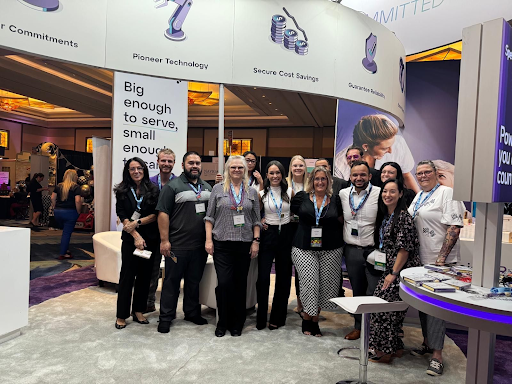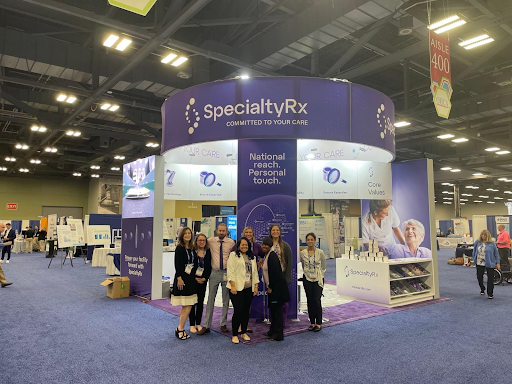Here are five core ways we lead the industry in preventing medication errors:
1. Innovative Packaging that Sets the Standard
Medication safety begins with how medications are packaged. At SpecialtyRx, we utilize blister packaging (bingo cards) featuring detailed drug information and unique barcodes on every unit. Most medications are pre-packaged and pre-verified by our licensed pharmacists before they even hit the pharmacy shelves—providing an early checkpoint for identifying potential errors.
Each medication dispensed goes through a two-tier verification process:
- A packaging scan by a pharmacy technician
- A final barcode scan by a pharmacist to confirm it matches the prescription label
This rigorous process ensures accuracy and minimizes the risk of human error.
2. EHR Integration for Streamlined, Error-Free Orders
SpecialtyRx’s direct integration with facility Electronic Health Records (EHR) systems allows us to automatically populate prescriptions using the exact data entered at the point of care. This minimizes manual input and virtually eliminates transcription errors.
In addition, our secure EHR access means our pharmacists can log in to verify patient details, clarify questions, or confirm directions without delay—supporting faster, safer decision- making.
3. Comprehensive Clinical Oversight
Our clinical pharmacists go beyond simple order processing—they provide a thorough review of every prescription to detect potential drug-drug interactions, allergy risks, and dosing concerns.
By utilizing tools like the Specialty 365 Dashboard, our team maintains close communication with facility staff to foster a collaborative, transparent, and highly responsive care environment.
4. Industry-Leading Quality Assurance and Compliance
Safety isn't static—it evolves. Our Quality Assurance and Quality Improvement (QA/QI) teams are dedicated to tracking trends, auditing processes, and analyzing occurrences to identify potential risks before they become issues.
Led by our compliance department, this continuous feedback loop allows us to develop proactive solutions, revise protocols, and implement best practices that drive industry-wide improvements in safety.
5. Relentless Focus on Staff Training and Development
People are the heart of safety. That’s why our team is constantly learning and growing. From new hire onboarding to ongoing training and retraining, our training department works hand-in-hand with our compliance team to ensure every team member is equipped with the knowledge and skills needed to perform at the highest standard.
Weekly huddles, department meetings, and hands-on education keep our staff informed, engaged, and prepared to uphold the highest safety standards in every role.





















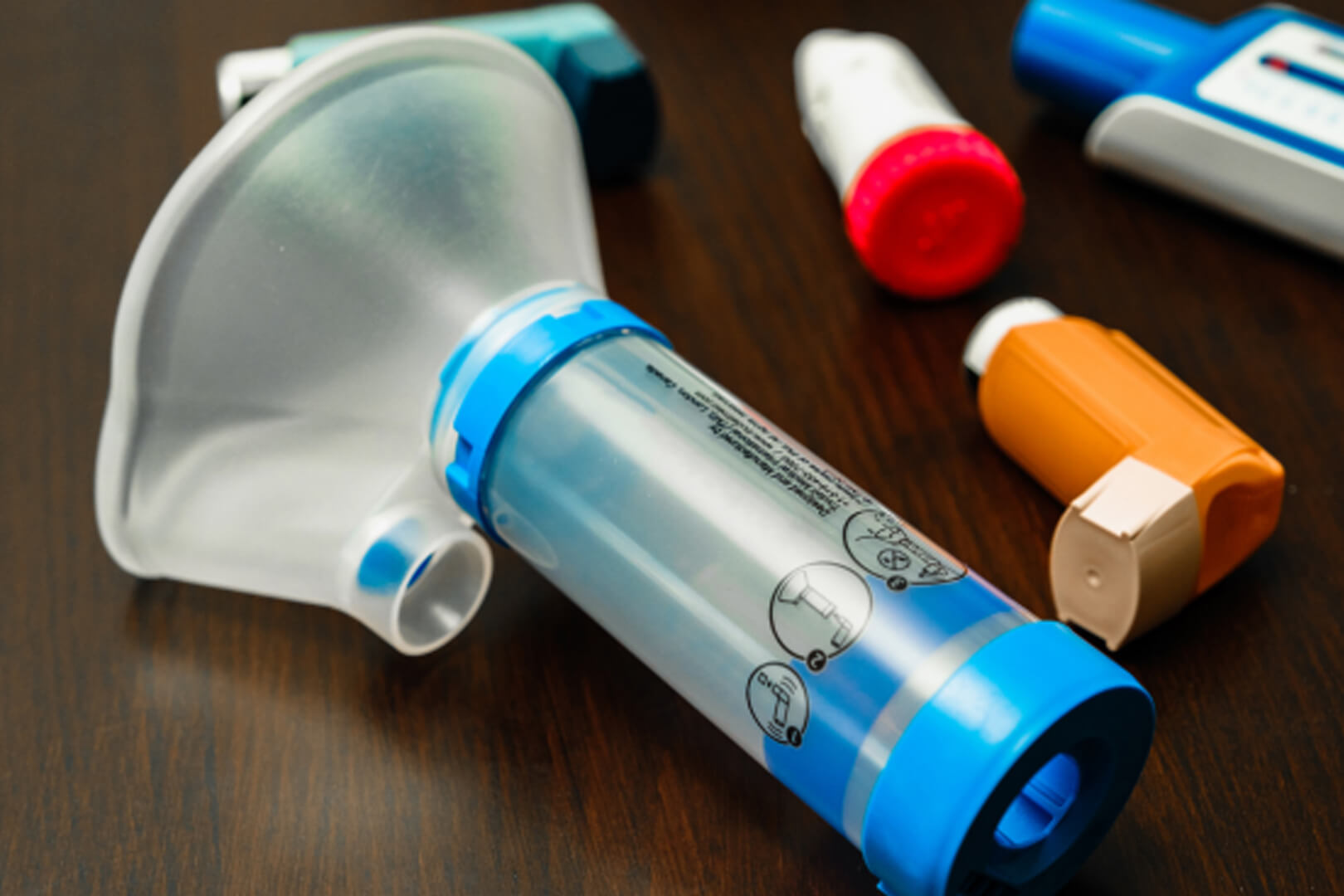




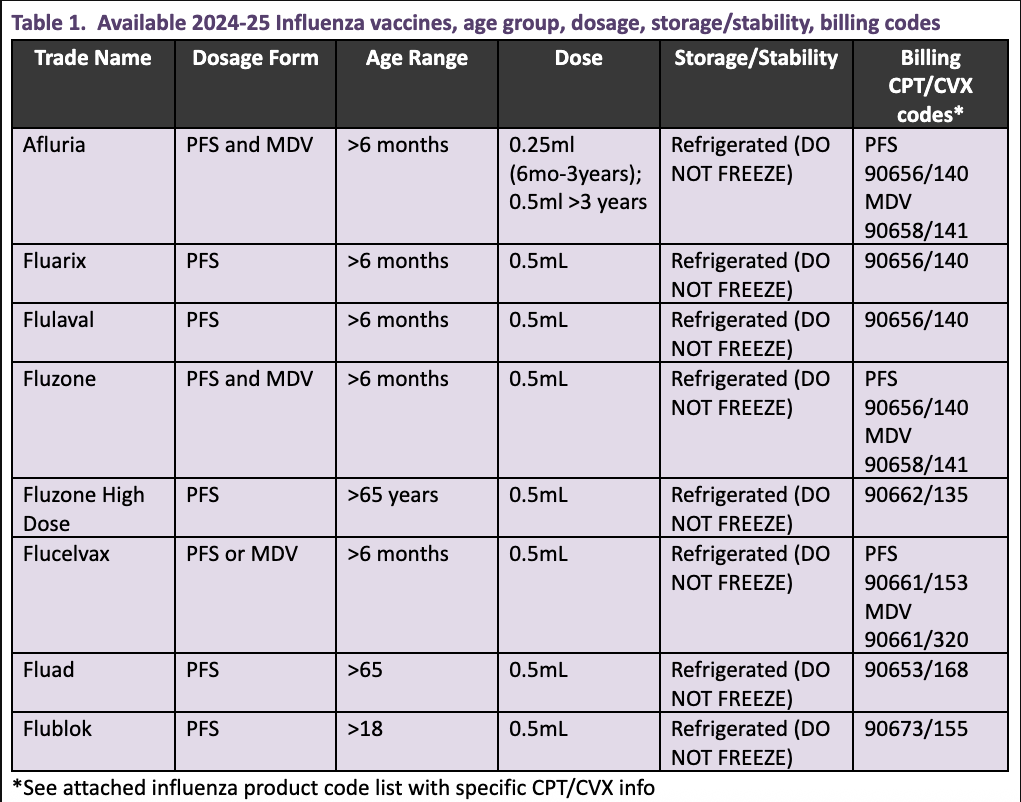
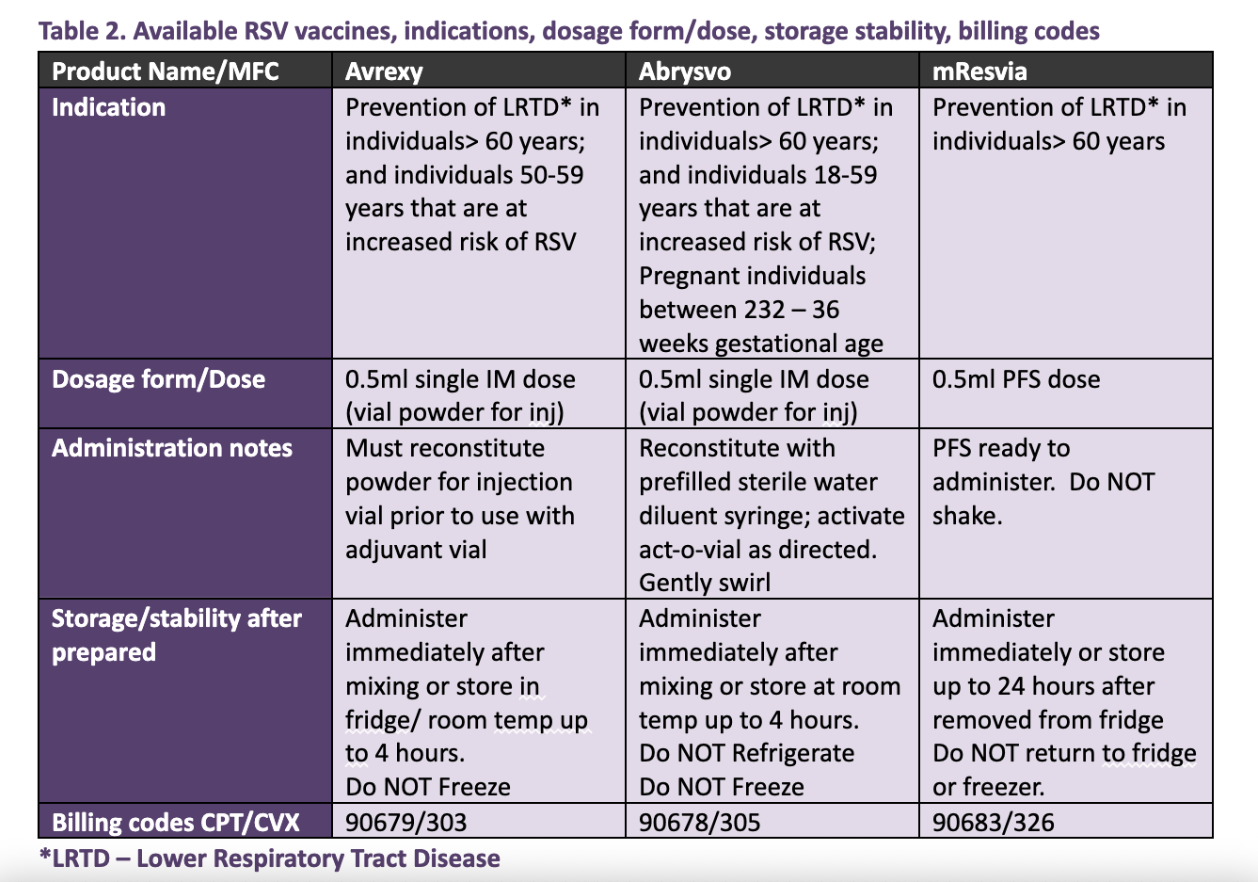
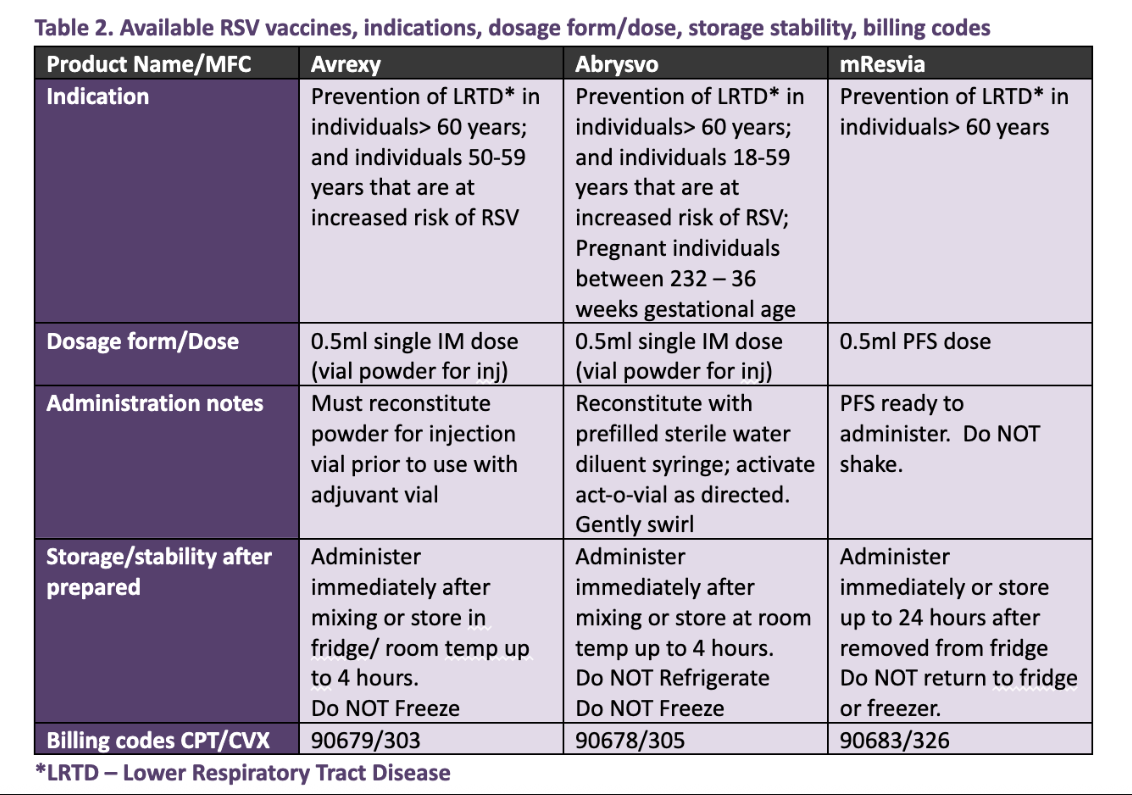
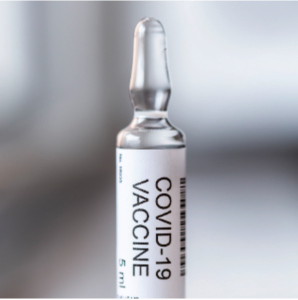
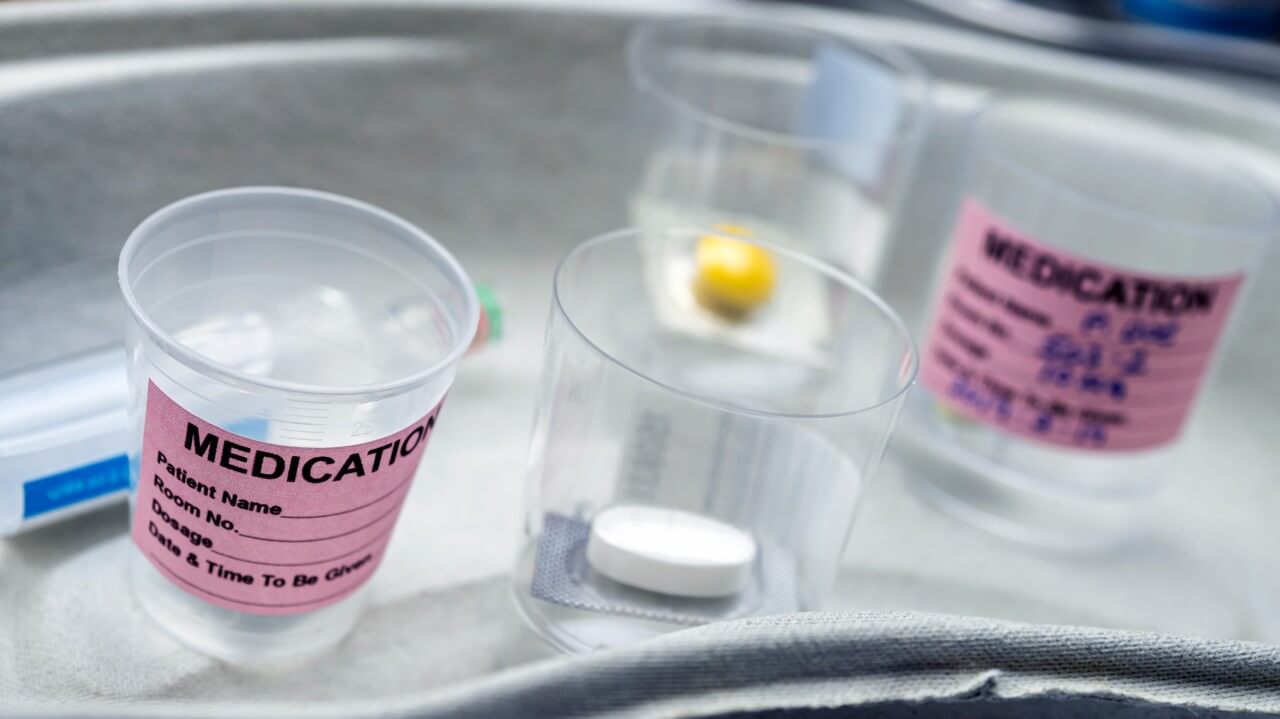



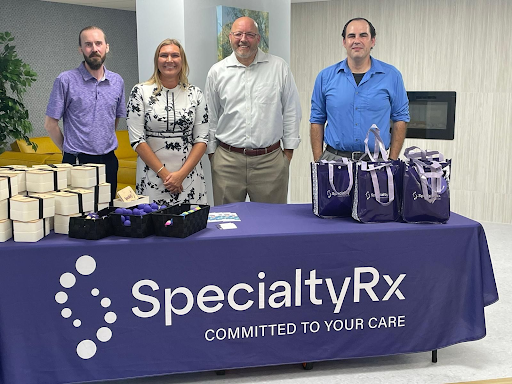



.jpg)
